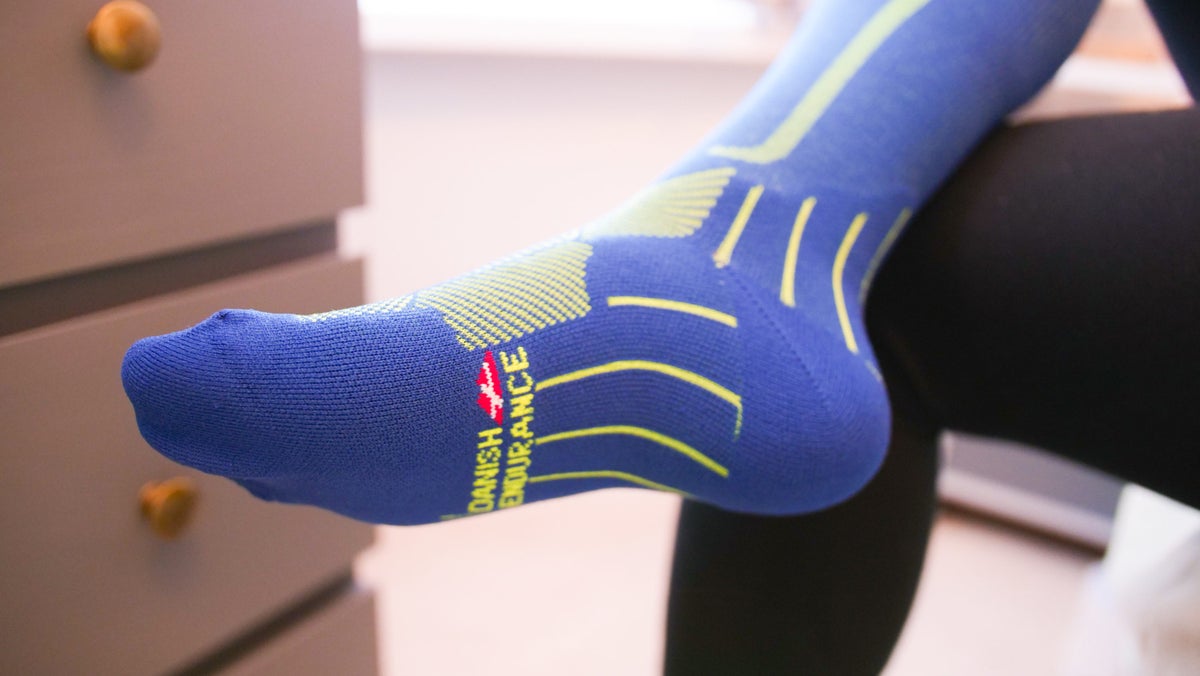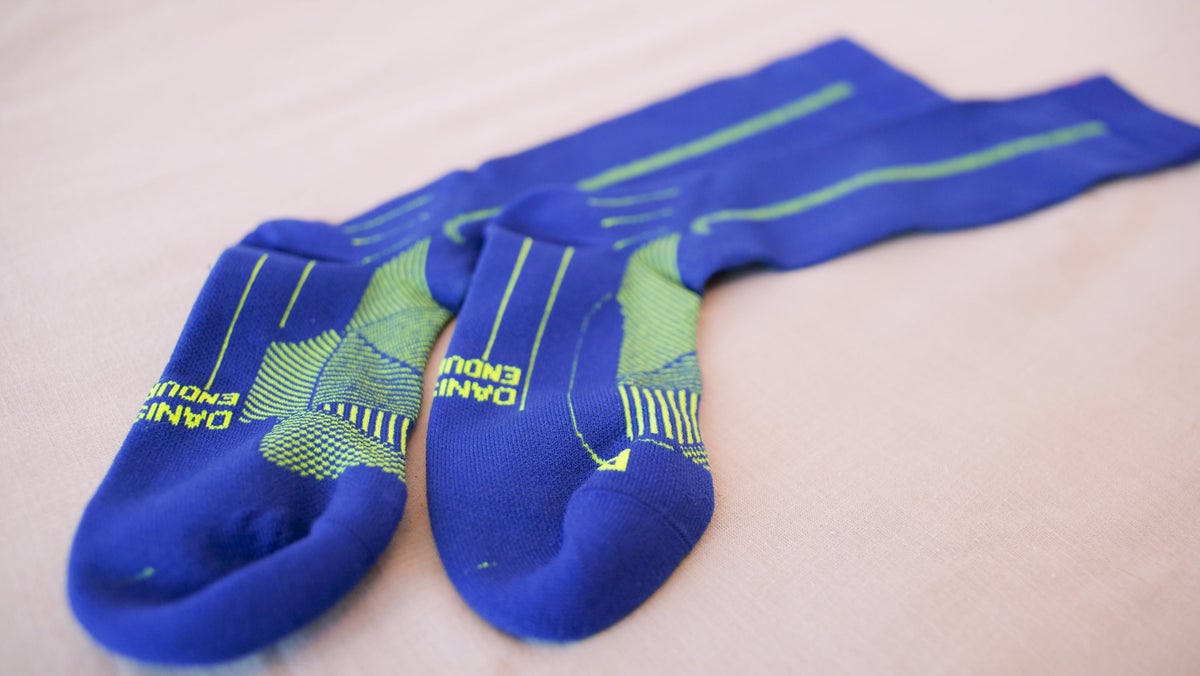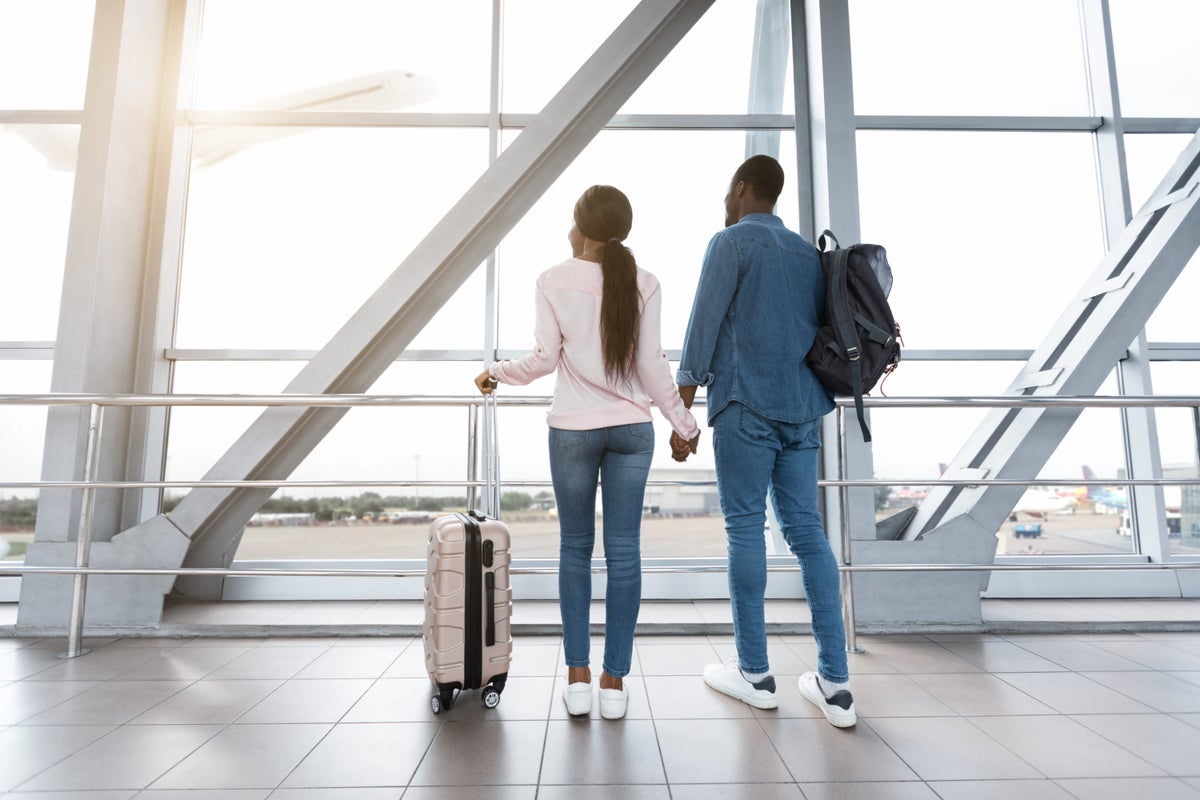Amar Hussain
Amar Hussain
Senior Content Contributor
866 Published Articles
Countries Visited: 63U.S. States Visited: 9
Amar is an avid traveler and tester of products. He has spent the last 13 years traveling all 7 continents and has put the products to the test on each of them. He has contributed to publications incl...
Edited by: Keri Stooksbury
Keri Stooksbury
Editor-in-Chief
73 Published Articles 3696 Edited Articles
Countries Visited: 54U.S. States Visited: 28
Editing with Upgraded Points for over 6 years, as editor-in-chief, Keri manages the editorial calendar and oversees the efforts of the editing team and over 20 content contributors, reviewing thousand...
![The 14 Best Compression Socks for Long-haul Flights [2024]](https://upgradedpoints.com/wp-content/uploads/2019/05/Happy-man-on-plane.jpg?auto=webp&disable=upscale&width=1200)



![The 14 Best Travel Electronic Organizers for Your Cables & Cords [2025]](https://upgradedpoints.com/wp-content/uploads/2023/01/Cable-organizer.jpg?auto=webp&disable=upscale&width=1200)
![The 14 Best Travel Neck Pillows [2025 Buyer’s Guide]](https://upgradedpoints.com/wp-content/uploads/2023/01/Man-flying-with-neck-pillow.jpeg?auto=webp&disable=upscale&width=1200)
![A Complete Guide To Booking Travel With Priceline [2025]](https://upgradedpoints.com/wp-content/uploads/2017/09/Man-relaxing-on-Thailand-beach-vacation.jpeg?auto=webp&disable=upscale&width=1200)